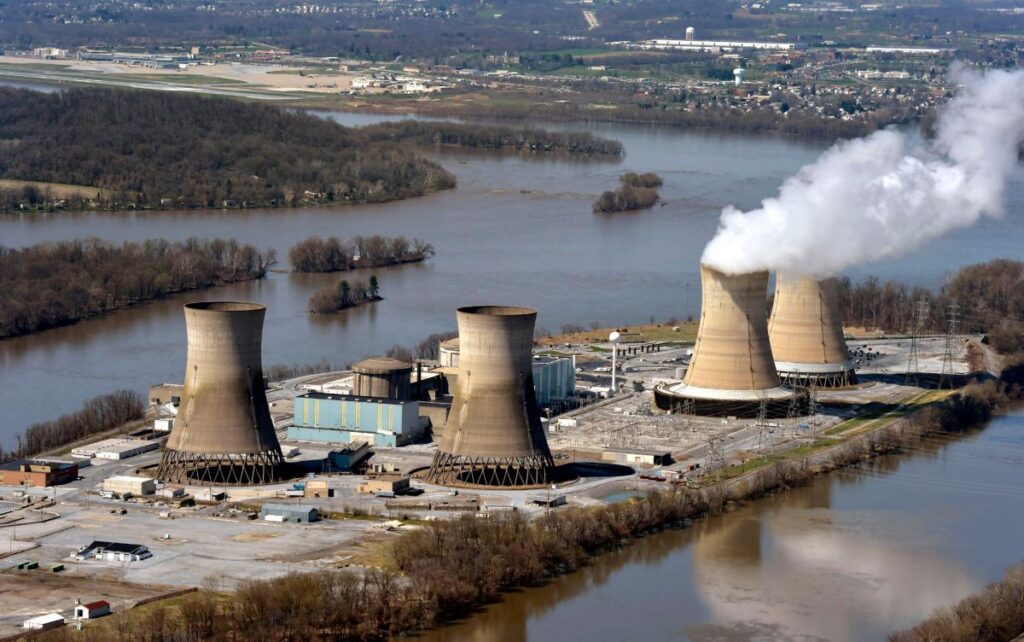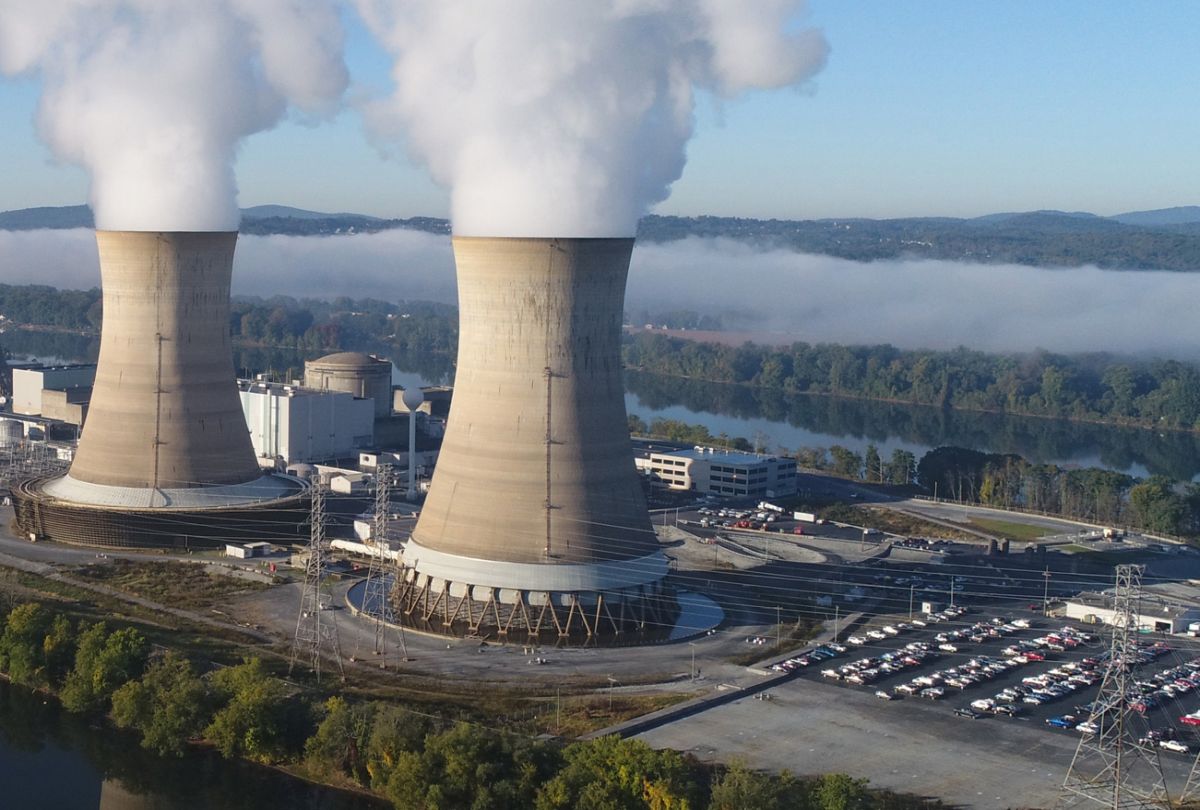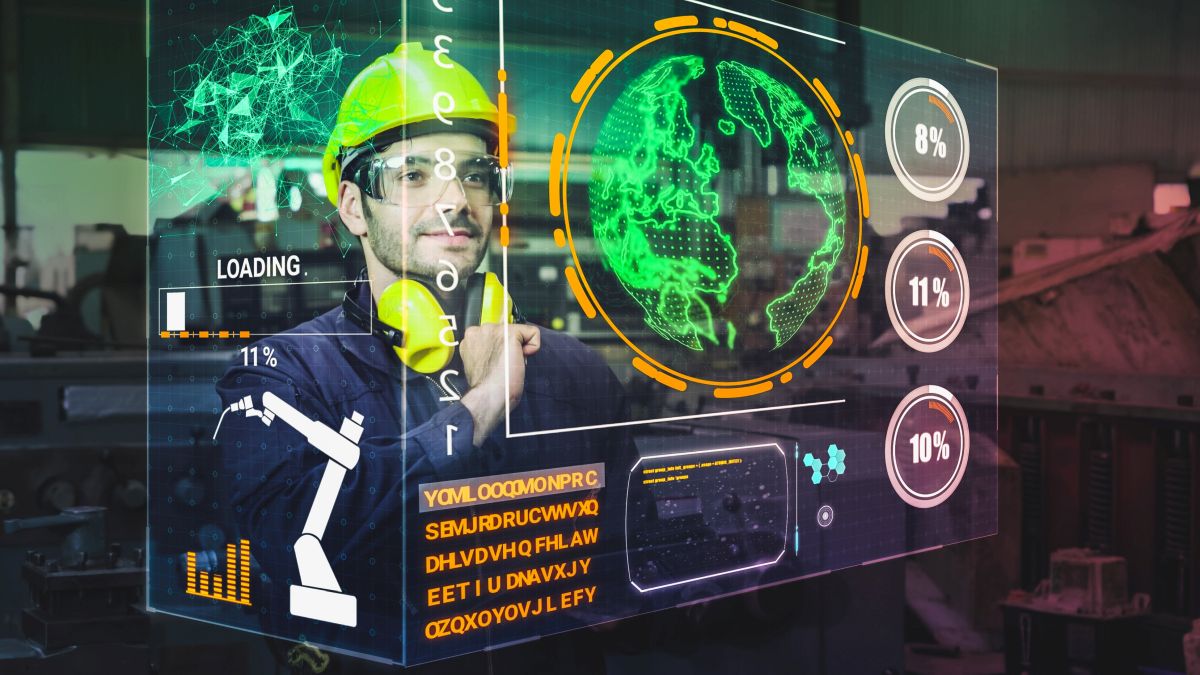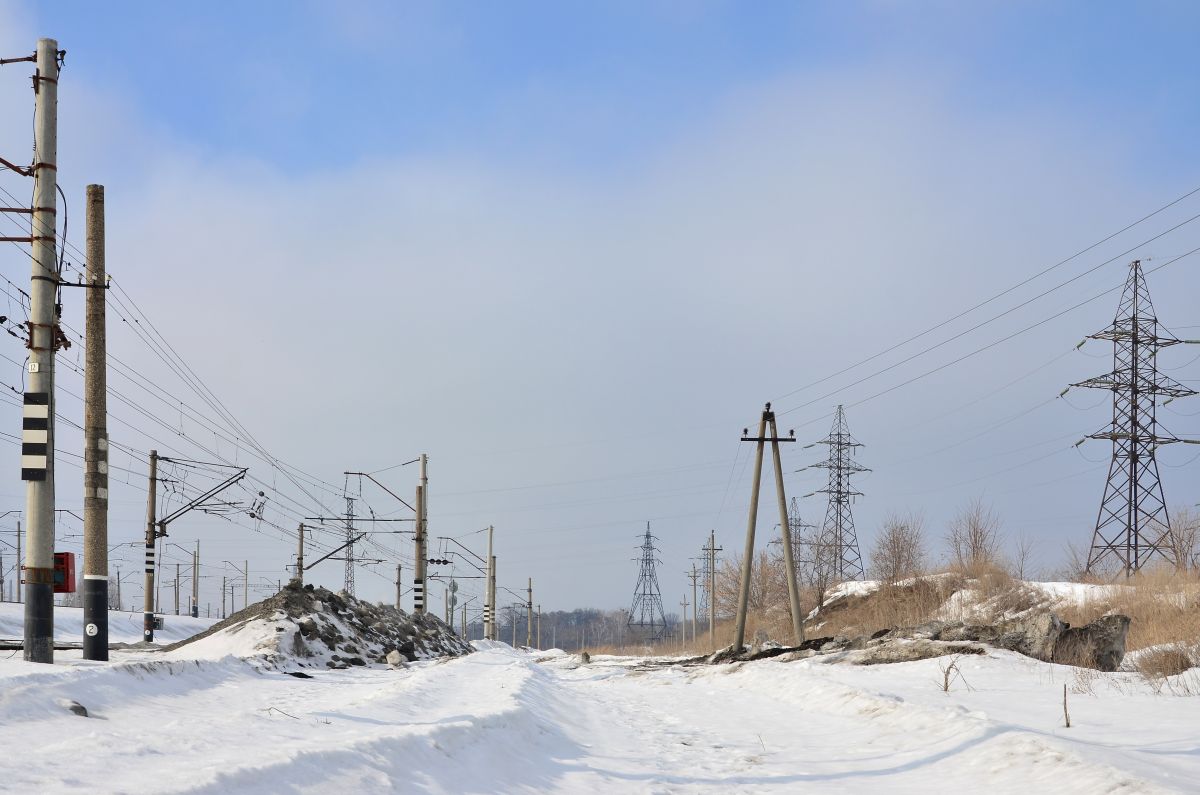Three Mile Island is back in the news with an unexpected turn. The nuclear plant, once the site of the most significant nuclear accident in U.S. history, was closed back in 2019 due to several financial reasons. With rising global energy needs and environmental concerns soaring, plans have been set to reopen the facility, powered by a partnership with tech giant Microsoft. This move aligns with Microsoft’s ambitious carbon-neutral objectives, a bold step to meet its clean energy demands. In an era where data centers consume vast energy resources, the reopening of Three Mile Island promises to reshape the history of nuclear energy and how large companies partner with the nuclear industry to fuel an AI-driven future.
Reviving Three Mile Island: A New Purpose in Clean Energy
On June 20, 2017, Three Mile Island’s owner, Exelon Corporation, sent to the Nuclear Regulatory Commission a formal notice of its intention to shut down Unit 1, with the final operation of the plant ending on September 30, 2019. However, as the world grapples with the urgency to cut carbon emissions and adopt renewable energy sources, nuclear power is finding renewed acceptance. Unlike intermittent renewables, nuclear plants provide consistent baseload power, a reliability that Microsoft aims to leverage for its extensive data operations.
The decision to bring Three Mile Island back online underlines a critical pivot in energy policy, one where legacy plants are repurposed to meet modern needs without the carbon footprint associated with traditional fossil fuels. Microsoft’s commitment to nuclear power reflects an industry-wide shift, recognizing the value of nuclear energy in powering digital infrastructure and clean energy transition.
Microsoft’s Data Demands: Nuclear Power as the Backbone of AI Operations
Microsoft’s partnership with Three Mile Island highlights how nuclear energy is a sustainable way to meet the unique demands of data-intensive operations. Here are the key benefits that make nuclear power a strategic choice for supporting AI and cloud infrastructure:
- Heavy Data Demands: Like other tech companies, Microsoft relies on extensive data centers to support AI and cloud computing, which consume vast amounts of energy.
- Environmental Concerns: AI workloads are projected to significantly increase energy demands, drawing attention to the environmental impact of data centers.
- Nuclear Energy Solution: This partnership allows access to a stable, carbon-neutral power source that can meet the high demands of AI infrastructure.
- Uninterrupted Power: Nuclear energy provides continuous, reliable power generation, which is ideal for data centers requiring consistent uptime to avoid costly disruptions.
- Model for Other Tech Giants: The reactivation of Three Mile Island for AI-powered infrastructure could inspire other tech companies to explore nuclear partnerships to reduce emissions while expanding their digital operations.
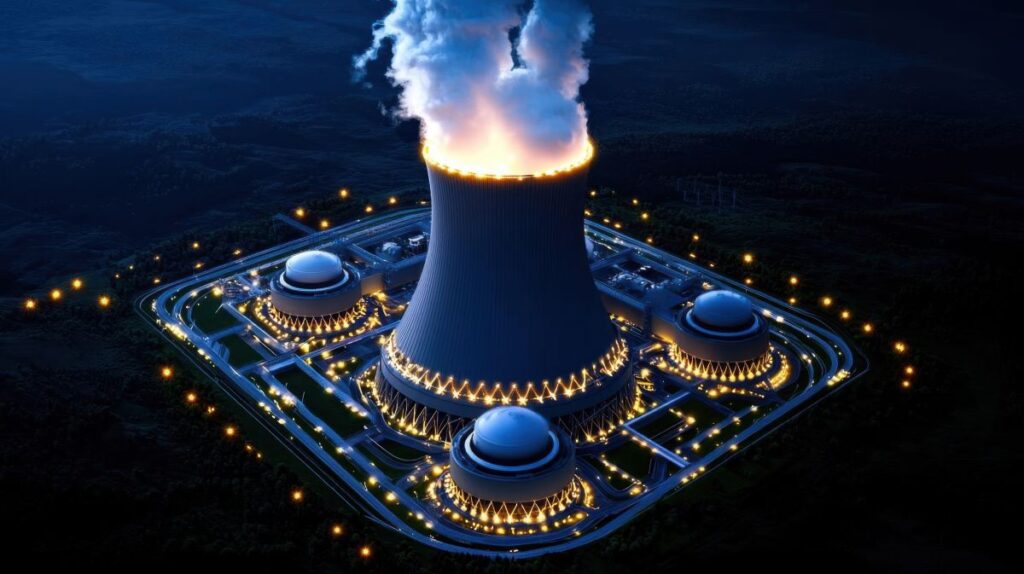
The Broader Implications: Could This Signal a Revival of Nuclear Energy in the U.S.?
Three Mile Island’s reopening marks more than just a corporate energy deal; it could signal a broader revival of nuclear energy in the U.S. Unlike traditional renewable sources, nuclear energy generation is consistent and requires less land, making it a strong candidate for urban centers and large industrial consumers like Microsoft. If successful, this partnership could encourage other tech giants to explore similar arrangements, setting a precedent for corporate-nuclear collaborations. The project could serve as a proof of concept, highlighting how modernized nuclear facilities can operate safely and effectively within a renewable-focused energy landscape.
Conclusion
The decision to reopen Three Mile Island is a landmark development in both the nuclear and tech sectors. For Microsoft, this partnership reflects a forward-thinking approach to sustainable energy, combining nuclear reliability with the clean credentials required to power data-heavy, AI-driven applications. For the nuclear industry, it represents a chance to redefine its role within the green energy transition, offering a dependable alternative that aligns with modern energy needs. While challenges remain regarding public perception and regulatory hurdles, the Three Mile Island project could become a model for future collaborations, uniting corporate ambition with energy innovation.
Disclaimer: Any opinions expressed in this blog do not necessarily reflect the opinions of Certrec. This content is meant for informational purposes only.


